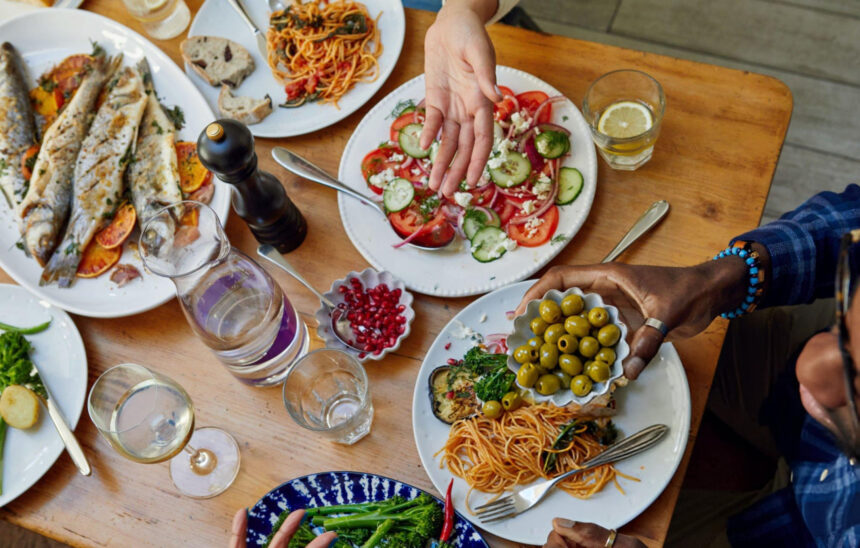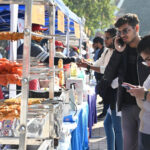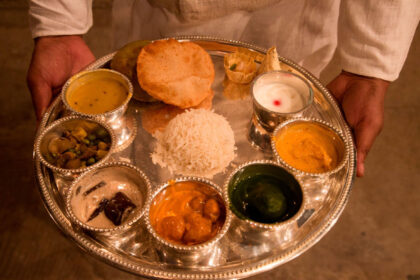Traveling isn’t just about sightseeing—it’s about tasting the world. But if you’ve ever ended up at an overpriced tourist trap serving watered-down versions of local dishes, you know the struggle. So, how do you find authentic food while traveling? Whether you’re in Bangkok, Rome, or a small village in Mexico, this guide will help you eat like a local and experience genuine flavors.
1. Research Before You Go
Before you even step on the plane, start digging:
-
Use food blogs and YouTube channels: Look for local food bloggers or travel vloggers who explore street food and traditional restaurants.
-
Search forums like Reddit or TripAdvisor for hidden gems and non-touristy recommendations.
2. Avoid Tourist Hotspots
If the menu is in five languages and the restaurant is next to a major attraction, it’s likely not authentic. Signs of tourist traps include:
-
Staff luring you in from the street
-
Photos of food on the menu
-
Overpriced dishes compared to local standards
3. Eat Where the Locals Eat
This is the golden rule of authentic food hunting:
-
Follow the crowds: If locals are lining up, it’s probably worth it.
-
Observe peak hours: Busy during lunch? It’s likely popular with locals.
-
Ask locals for recommendations: Taxi drivers, hotel staff, or market vendors are often the best guides.
4. Visit Local Markets and Street Food Stalls
Street food is often the most authentic cuisine you can find:
-
Visit morning or night markets, depending on the country.
-
Watch the preparation—clean, busy stalls are usually safer and more delicious.
-
Try one-dish vendors, specialists who make one thing exceptionally well.
5. Use Food Apps and Maps Wisely
Leverage technology to your taste:
-
Google Maps: Filter by rating, read reviews, and look for photos posted by locals.
-
Apps like EatWith or Withlocals: Book meals with local hosts in their homes.
-
HappyCow for vegetarian/vegan options with local twists.
6. Take a Food Tour
A reputable local food tour can fast-track your understanding of the region’s cuisine. Look for:
-
Small group tours
-
Locally-run operations
-
Guides with culinary knowledge
7. Stay with Locals or in Family-Owned Lodges
Airbnbs or homestays often include meals made by locals. This not only gives you a taste of authentic food but also insight into culinary traditions.
8. Be Adventurous but Safe
Authentic doesn’t always mean “sanitized”—but it should still be safe. Tips include:
-
Avoid pre-cut fruit sitting in the open
-
Stick to food that’s cooked fresh and served hot
-
Carry activated charcoal or probiotics as a backup









